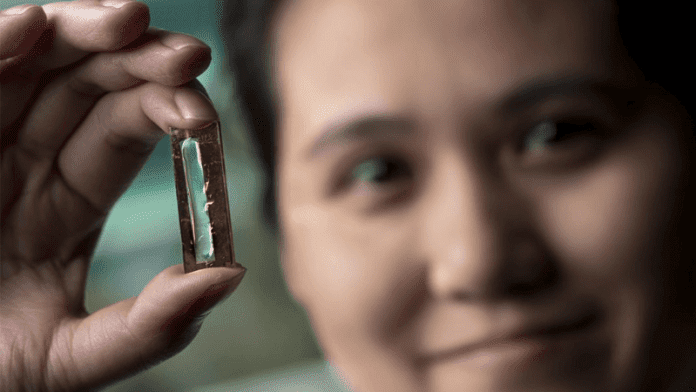Scientists at the University of California, Irvine, USA, was looking for a way to replace the liquid lithium batteries for a stronger and safer option, as the lithium batteries are extremely combustible and very sensitive to temperature. Hence, when given with this they found the battery 400 times more efficient than today. The researchers then began experimenting with gold nanowires coated with a gel electrolyte and discovered that they were incredibly resilient. The battery could continue to work effectively for more than 200,000 load cycles and even it could also last up to 400 times longer. For a long time, scientists have experimented with battery nanowires. Now, many of you might be thinking that why they do that, this is because they are thousand times thinner than a human hair, highly conductive and have a large area for storage and transfer of electrons. But, the problem was that these filaments are extremely delicate and could not withstand the far pressure of loading and unloading. However, one day the doctoral student Mya Le Thai from the University of California, Irvine decided to put in these a delicate filament gel layer. “Doctoral student Mya Le Thai from the University of California, Irvine was fiddling and covered everything with a thin layer of gel before starting the cycle,” said Reginald Penner, who is the director of the Department of Chemistry at the University of California, Irvine. “Mya Le Thai from the University of California has discovered that only using this gel (electrolyte) could submit cycles (loading and unloading) hundreds of thousands of times without losing its capabilities. This is amazing because these things typically die dramatically after 5,000 or 6,000 cycles, 7,000 as much” he added.
Furthermore, when the doctoral student Mya Le Thai from the University of California, Irvine began testing this on devices he found that these cells were not going to die. Yes, it means you can now easily assume that this battery can last forever. Hence, the experts believe that the viscous material plasticizes the metal oxide in the battery that will give it flexibility, which will simply prevent cracking. “The coated electrode holds its shape much better, making it a more reliable option,” Thai said. “This research proves that a nanowire-based battery electrode can have a long lifetime and that we can make these kinds of batteries a reality” she added. However, there is still a long way to go before we start seeing these batteries in our cell.


